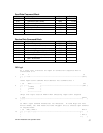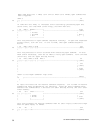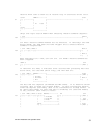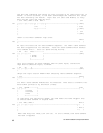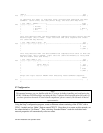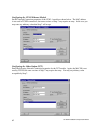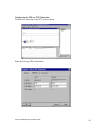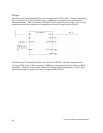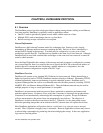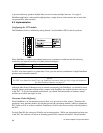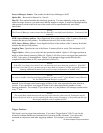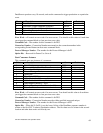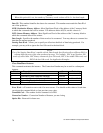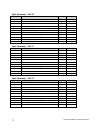
CTI 2572 Installation and Operation Guide
65
CHAPTER 6. DATASHARE PROTOCOL
6.1. Overview
The DataShare protocol provides a high speed data exchange among stations residing on an Ethernet
local area network. DataShare is especially useful in applications where:
• One PLC needs to periodically update several others with the same set of data.
• Multiple PLCs need to interchange data on a cyclical basis.
• Built-in message receipt verification is not required
General Information
DataShare uses the Producer/Consumer model for exchanging data. Stations produce data by
transmitting an Ethernet multicast message containing the data. Each set of data is identified by a
unique Data ID located in the message. A module may be configured to consume a set of data
containing a specific Data ID. Transmissions are limited to the same Local Area Network. Although
DataShare may be used with switched hubs and bridges on the same local area network, it cannot be
routed to other networks.
Since the Data ID identifies the contents of the message and each consumer is configured to consume
one or more Data IDs, there is no need for the user to specify the MAC ID or the network address of
modules that will consume the data. Replacing a module requires no configuration, since the
Producer/Consumer configurations are part of the PLC logic.
DataShare Overview
DataShare will operate on any standard 802.3 Ethernet local area network. Rather than utilizing a
higher level protocol such as TCP/IP, DataShare interfaces directly to Ethernet. Eliminating TCP/IP
overhead dramatically improves performance in typical embedded systems. DataShare uses a
registered Ethertype that can coexist on an Ethernet network with other protocols, including, TCP/IP,
NetBEUI, IPX, and Siemens Industrial Ethernet (H1). Thus, the Ethernet network may be used for
multiple purposes as long as overall performance is acceptable.
DataShare is an unconnected multicast protocol that is optimized to maximize performance and
minimize update latency. Producers do not verify that a consumer is listening to the produced data.
Consumers do not automatically acknowledge the consumption of a packet. Except for Ethernet
collision retransmission, the protocol does not automatically retry delivery. The objective of
DataShare is to deliver the most recent data to the PLC. Therefore, if a new data packet arrives
before the preceding data packet can be written to the PLC, the new data will replace the old data.
Most DataShare applications will produce data on a cyclic basis (e.g. once per scan or once per
second). Thus if a packet is dropped, retry is automatic. However, application software may choose
to acknowledge consumption by producing data acknowledging the receipt. In this case, application
logic must re-send the packet.



